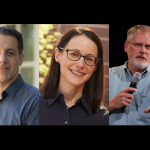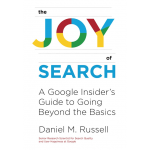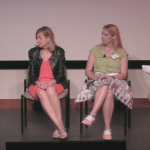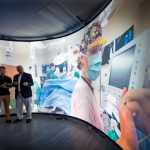I took a photo, but can’t remember where it’s from…
Happens to me all the time.
Naturally, I’ll use Reverse Image Search (also known as “Search by Image”) to find out what it is.
But as you might know, Google’s Reverse Image Search has been updated by Google Lens. The big difference is that Lens tries to identify objects and give you results based on that identity, rather than just finding similar images.
Often, that’s exactly what you want. In this case, I want to know what this image that I found on my (physical) desktop is showing.
A quick scan, then go to Images.Google.com and search for my image. This is what I see:
That’s a pretty good result: I know it’s “Spring” by Lawrence Alma-Tadema, the immensely skilled Victorian classical painter. (For a nice article about this painting, see the Getty’s publication about this work.)
But if I want to learn more about this painting, including where it’s used, I can click on the “Find image source” button at the top of the left-hand panel. That will open another tab with the previous Search-By-Image results. Like this, which includes the “best guess” search string that is created by Google, approximating what it thinks I’m searching for:
And, as we’ve learned in our earlier discussions of Search By Image, you can modify that query to give you more precise results. Here, I’ve modified the query to include a SITE: restriction, this one limits the results to .EDU sites, especially useful if I’m looking for high quality results, such as those from the Getty Museum, where this original painting is housed.
This ability to modify the query is really useful when you’re searching for things that aren’t products–such as images of plants. Here’s an example of a nearby creek I photographed during last week’s heavy rainfall. Here’s the original Search By Image query (yes, that’s a swollen creek near my house):
But if I’m looking for similar images in my home state of California, I click on the “Find Image Source” button and modify the query to include [flooding in California]. This finds visually similar images that are also connected with the idea of flooding in California:
Hope you find this ability to do the classic reverse image search a useful extension.
Search on!










